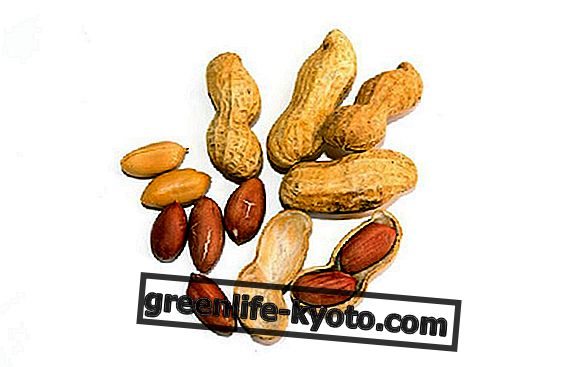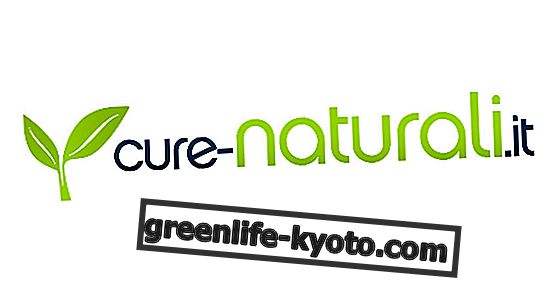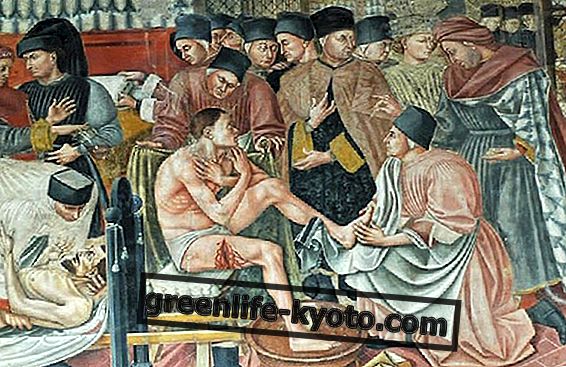
by Valerio Pignatta, Scienza and Conoscenza.it editorial staff
Metabolic cardiology addresses the problem of cardiac weakness by focusing the therapeutic response on the production of vital energy . The pathology of the heart, that is, is interpreted simply as an absence or lack of energy, that is, of ATP produced by mitochondria.
The clinical intervention, therefore, is aimed at strengthening the energetic and respiratory functions of the mitochondria to improve oxygenation of the blood stream, but also intervenes on the acceleration of the rate at which the cells convert the nutrients introduced with the feeding into energy, ATP. If there is not enough ATP, many metabolic functions are in crisis.
In order for the mitochondria to transform the energy contained in food into a form that the body can use (namely ATP and nicotinamide-adenine-dinucleotide NAD) some series of reactions are needed: proteins, fats and carbohydrates must be converted into an acetyl group for to be able to enter. For this operation, and for an efficient Krebs cycle, you need enzymes that are produced from different vitamins, minerals, fatty acids and amino acids .
The well-known American cardiologist Stephen T. Sinatra has developed over the years a vitamin-based protocol that is able to reactivate the metabolic function of mitochondria and their correct energy production. To do this, he uses some natural substances such as coenzyme Q10, L-carnitine, D-ribose and magnesium .
Let's see in detail what these "fantastic four" of which Sinatra speaks are.
Fantastic Four"
Certainly a fundamental therapeutic role in this therapy is given by the first element, coenzyme Q10, of which researchers are discovering infinite healing virtues in various fields.
Coenzyme Q10 is a vitamin-like lipid compound (also called vitamin Q ). It is active in the mitochondria of the cells where it is involved, with an electron transport function, in the production of energy through ATP. It is a powerful protective antioxidant against free radicals. It is also called ubiquinone precisely because it is present in all the cells of the body (ubiquitous distribution).
In nature, coenzyme Q10 is found in various foods such as meat, fish, nuts, spinach, whole grains, soy, wheat germ, oils, etc. and it is also synthesized by all the cells of the body itself, but less and less as we age. There may also be a shortage of this element due to malnutrition, use of drugs, chronic diseases, etc.
L-carnitine is the second nutrient used by Sinatra and is an amino acid derivative used by the cell to transport nutrients such as medium and long chain fatty acids through the internal mitochondrial membrane in order to produce energy in the form of ATP. It is also used to detoxify mitochondria and make oxidative metabolism more efficient.
L-carnitine is contained mainly in foods of animal origin such as meat and dairy products . Other foods that contain it are tempeh, avocado, pears, apples, tomatoes, rice, mushrooms etc.
It is also synthesized in the liver and kidneys from two essential amino acids (lysine and methionine) in the presence of vitamin C, vitamin B6 and iron.
The deficiencies can be due to a tight vegan diet or malnutrition and also to heart disease, chronic fatigue syndrome and so on.
The D-ribose is instead a natural sugar with five carbon atoms (pentose) which is found in all living cells and is part of complex structures such as ribonucleic acid and the adenosine triphosphate itself. Ribose is the substance used by cells, including cardiac and skeletal muscles, to preserve and synthesize new energy compounds (adenine nucleotides).
It is naturally formed through a series of slow and energy-intensive biochemical reactions. In supplemental doses , ribose is useful for reconstituting the body's energy reserves, exhausted for some reason.
Ribose is a carbohydrate but in nature there is no food that contains it directly. It is usually present only in small amounts not readily available to be physiologically relevant in some foods such as red meat . To produce a greater quantity, however, you can take those foods that contain riboflavin ( vitamin B2 ) which is a precursor of ribose itself ( cereals, spirulina, yeast, etc.).
It is however produced by our body which synthesizes it from glucose. There is no actual D-ribose deficiency, but a slowness of synthesis with respect to the body's needs, due to heart disease, poor cellular oxygenation, etc. The use of the already synthesized D-ribose integration allows to quickly reconstitute the ATP stocks that are needed.
Finally, magnesium is a mineral that is found in small quantities in all human tissues. It is the second most common intracellular cation (positively charged ion) in the human body, second only to potassium. It is a decisive cofactor for all biochemical reactions involving ATP. In medicine it is also known because it improves cell regeneration, increases tissue elasticity, acts against oxidation and acidification, promotes the processes of elimination and dissolves inappropriate calcifications on the soft tissues and is of primary importance in the treatment of cardiovascular diseases .
Magnesium is the eighth most abundant element on earth and is also contained in many foods: whole grains, nuts, almonds, peanuts, millet, buckwheat, cocoa, wheat germ, lentils, green vegetables, meat, dairy products, etc. A deficiency may derive from the use of industrial and overcooked foods, thyroid dysfunctions, chronic diseases, cardiovascular diseases, physical exertion, stress, etc.
Magnesium deficiencies are quite documented also because the foods grown today contain proportionately much less than some decades ago due to the impoverishment of soils.
Heart disease and more
With this approach it is therefore possible to cure cardiovascular diseases such as hypertension, angina, arrhythmia, congestive heart failure, mitral valve prolapse, etc.
Studies that prove this orthomolecular therapy are now many and recognized. In the cardiology departments of some US hospitals, the protocol based on these vitamin-like substances has been a reality for several years. Also because using adequate amounts of antioxidants, such as those mentioned above, also allows the oxidation of cholesterol and consequent damage to the arteries to be reduced. Not to mention that antioxidants also allow the disposal of heavy metals and other environmental toxins that harm the cardiovascular system.
But if the heart is undoubtedly the organ among all that is most sensitive to oxidative stresses, it is certainly not the only one. In fact, with this therapeutic system remarkable results can be obtained even in the case of other diseases related to mitochondrial respiration such as X-syndrome, fibromyalgia, chronic fatigue syndrome, diabetes, insulin resistance, etc.
It has been shown that mitochondrial insufficiency can also result from a state of stress. If an individual spends energy faster than he can produce it, a metabolic situation is created that leads to delayed fatigue.
American doctor Sarah Myhill, who has been dealing with chronic fatigue syndrome for years, which she defined as "low-output heart failure secondary to mitochondrial insufficiency, " states that "if we think of glucose and the short chain of fatty acids like to the engine fuel, acetyl-L-carnitine and coenzyme Q10 are oil and magnesium is the candle! ».
Using these orthomolecular remedies has proved to be more effective than conventional cardiological and immune therapies, which on the contrary prevent correct mitochondrial metabolism and ATP production .
Unfortunately, for the various reasons mentioned above, these new discoveries and clinical practices in cardiology (and not only) are still rather unknown in our hospitals and in our clinics. However, they offer great hope to cardiac patients and suggest a significant improvement in quality and life expectancy compared to traditional drug therapies.
As always in medicine, the strength lies in tracing as much as possible to the causes of a disease without stopping at the symptoms. And in this case it seems that the goal, at least on a physiological level, has been achieved.
The basics of Sinatra therapy
Coenzyme Q10: found in various foods such as meat, fish, nuts, spinach, whole grains, soy, wheat germ, oils.
L-carnitine: it is mainly found in foods of animal origin such as meat and dairy products. Other foods that contain it are tempeh, avocado, pears, apples, tomatoes, rice, mushrooms.
D-ribose: to produce a larger quantity, however, foods containing riboflavin (vitamin B2) which is a precursor of ribose itself (cereals, spirulina, yeast, etc.) can be taken.
Magnesium: it is also found in many foods: whole grains, nuts, almonds, peanuts, millet, buckwheat, cocoa, wheat germ, lentils, green vegetables, meat, dairy products, etc.
Source: Science and Knowledge Magazine n. 43













